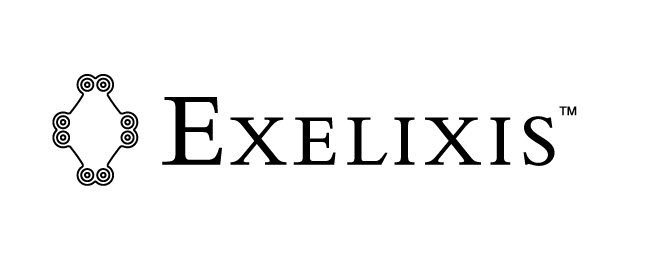It’s been a big week in biotech. First we had the announcement that DBV Technologies (NASDAQ:DBVT) was all set for a follow-up financing round in which it expects to raise more than $240 million to fund phase III of its peanut allergy treatment. Then we heard that Tekmira Pharmaceuticals Corp (NASDAQ:TKMR) is set to change its name to Arbutus Biopharma Corporation under the ticker “ABUS” to fall in line with a new focus on Hepatitis B. Now, as markets kick off for a fresh day in the US, we have got yet another piece of big news out of the biotech space, namely that oncology junior Exelixis, Inc. (NASDAQ:EXEL) has finally achieved some level of success with its renal cell carcinoma candidate cabozantinib. Those of you following this company will remember the treatment’s phase III failure in a prostate cancer indication last September, and the ensuing turmoil that surrounded Exelixis as a result. Within hours of the failure announcement, the company’s market capitalization halved, and Exelixis slashed 70% of its workforce before the beginning of 2015.
Sellers at that time can be forgiven for wanting to get out of what looked like a Jr biotech in real trouble – something that, if held onto for an extended period of time – can wipe out an exposure. However, for the more risk tolerant participants that held on to their Exelixis allocation, there is finally some reprieve. On July 20, 2015, the company announced that – in a trial that compared cabozantinib to everolimus (current SoC) – the treatment reduced the risk of disease progression or death by 42% across a sample size of 658 patients with metastatic renal cell carcinoma (kidney cancer that has spread beyond the kidneys). Reduction of progression or death risk was the primary endpoint, meaning the trial passed with flying colors. At time of writing, Exelixis is up more than 50%, and looks likely to close out today even higher.
So why all the action? Well, the recent announcement has brought the company to trade at fresh yearly highs, breaking resistance from mid-2014 of around $4.5, and with what looks like it could be a fast-track route to approval there will likely be further upside revaluation throughout the latter half of 2015 and as we head into the beginning of next year.
So let’s take a quick look at the treatment and the science from which it derives its method of action. Cabozantinib is what is called a tyrosine-kinase inhibitor (“TKI”) – which, as its name suggests, is an agent that inhibits tyrosine kinases. These are the enzymes that are responsible for protein activation that can lead to proliferation in cells, and therefore, can be responsible for metastasis, growth and reproduction of cancerous cells. By inhibiting tyrosine kinases, Exelixis hypothesizes that cabozantinib can reduce tumor size and – in turn – effectively treat cancer across a variety of indications.
So what sort of timeline are we looking at before we will likely see any approval? Well, the drug is one of a number of the FDA’s fast-track designations, meaning that, assuming the NDA filing takes place before the end of this year, we could be looking at an approval during the first quarter of 2016. The treatment is currently approved for a medullary thyroid cancer indication, however, there are only between 200 and 300 patients suffering from this indication in the US. If we get approval for the kidney cancer indication, this number will increase to nearly 20,000 potential patients. Therefore, it goes without saying, that this indication can be a potential blockbuster for the company. There is also a kidney cancer indication trial ongoing, with results expected 2017, and a combination trial using cobimetinib, another of the company’s pipeline candidates, and Zelboraf, an already approved treatment currently being marketed and manufactured by Roche (OTCMKTS:RHHBY). This, combination treatment could receive approval as early as November this year.
So, what’s the takeaway here? Well, that there is real potential in this stock. The company took a beating late last year, and its shares have been trading at what now look to be a deep discount ever since. Investors that got in at the base of this discount are already looking at a decent upside return, but the potential for further return exists. With approvals looking likely at both the end of this year and at the beginning of next, as well as phase III trial results expected during early 2017 for a second indication, now looks like a great time to get an exposure to any potential upside revaluation in this company going forward.
More stories from Market Exclusive:
Here’s What Markets are Asking About DBV’s Follow Up
